
Aachen
Visit the guide

Augsburg
Visit the guide
Berlin
Visit the guide

Bielefeld
Visit the guide

Bochum
Visit the guide

Bonn
Visit the guide
Braunschweig
Visit the guide

Bremen
Visit the guide

Chemnitz
Visit the guide
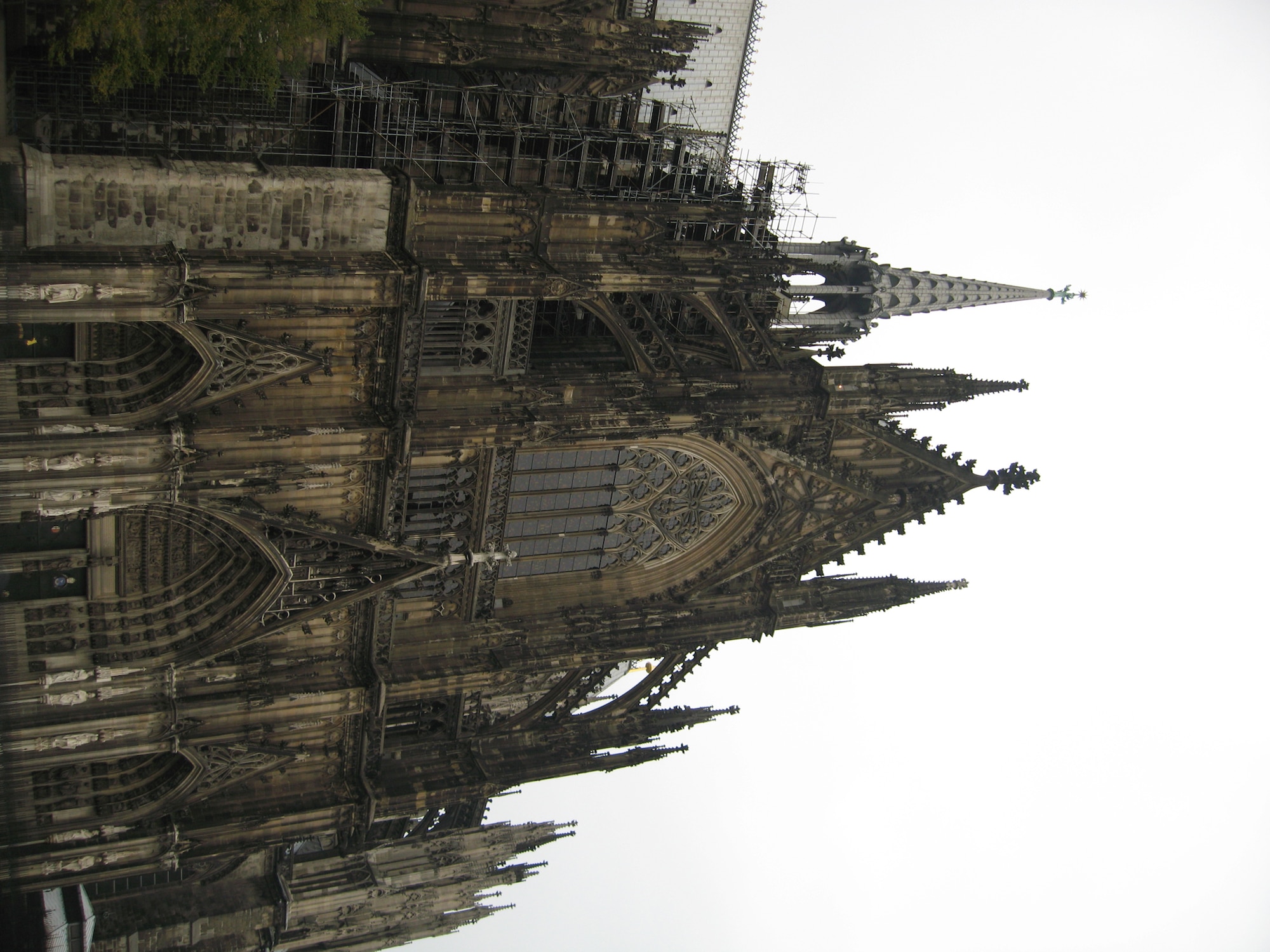
Cologne
Visit the guide

Dortmund
Visit the guide
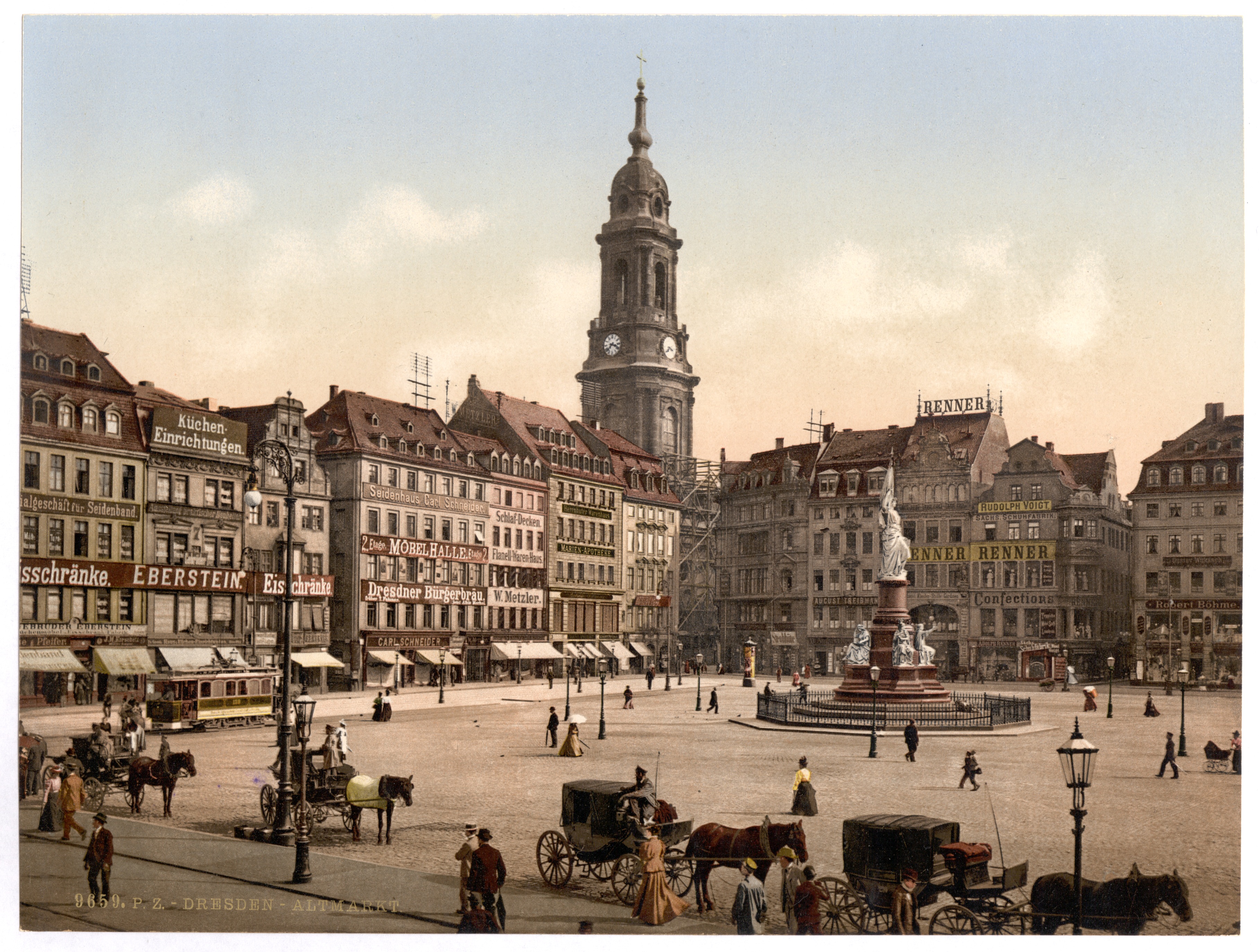
Dresden
Visit the guide

Duisburg
Visit the guide

Düsseldorf
Visit the guide

Essen
Visit the guide
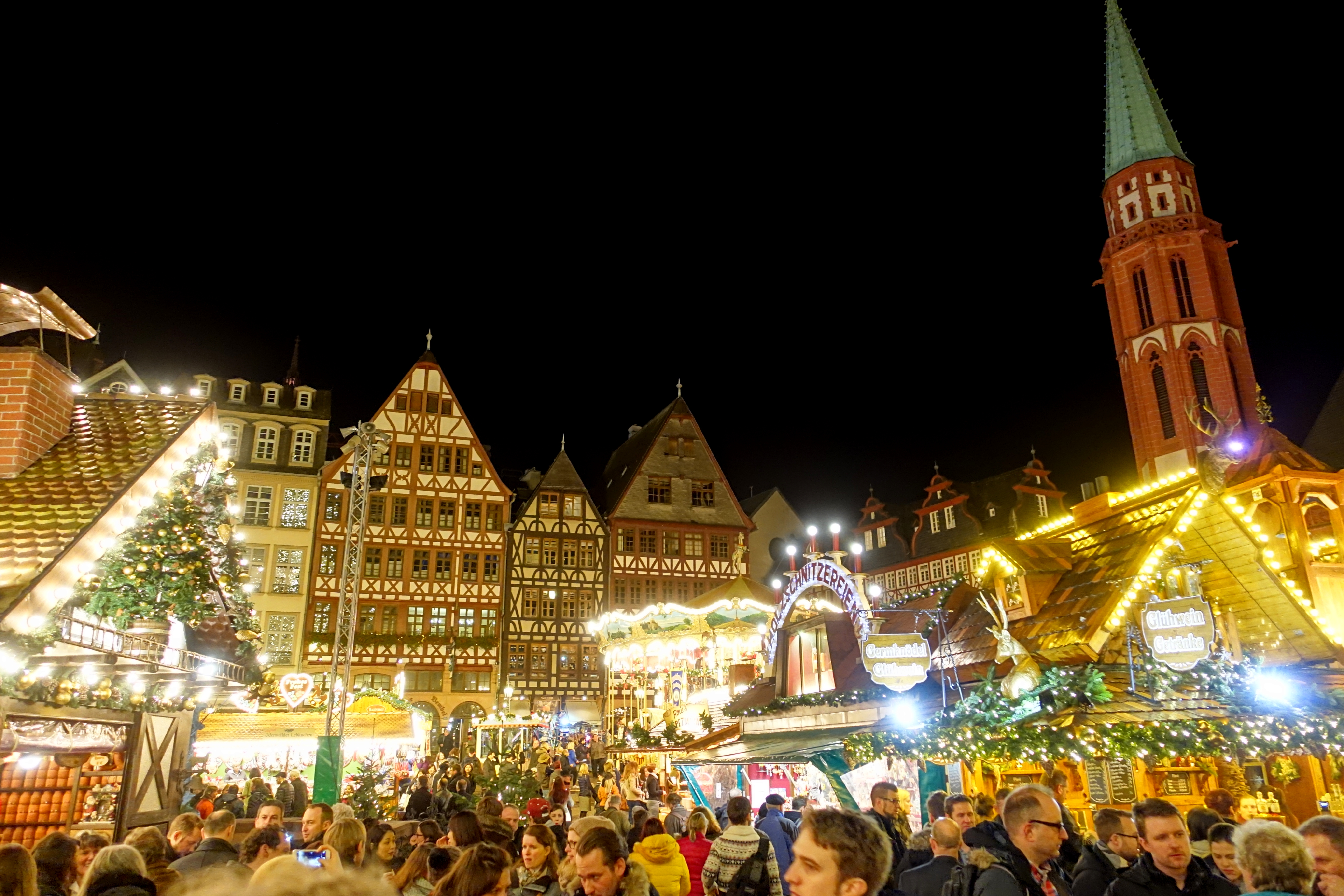
Frankfurt am Main
Visit the guide
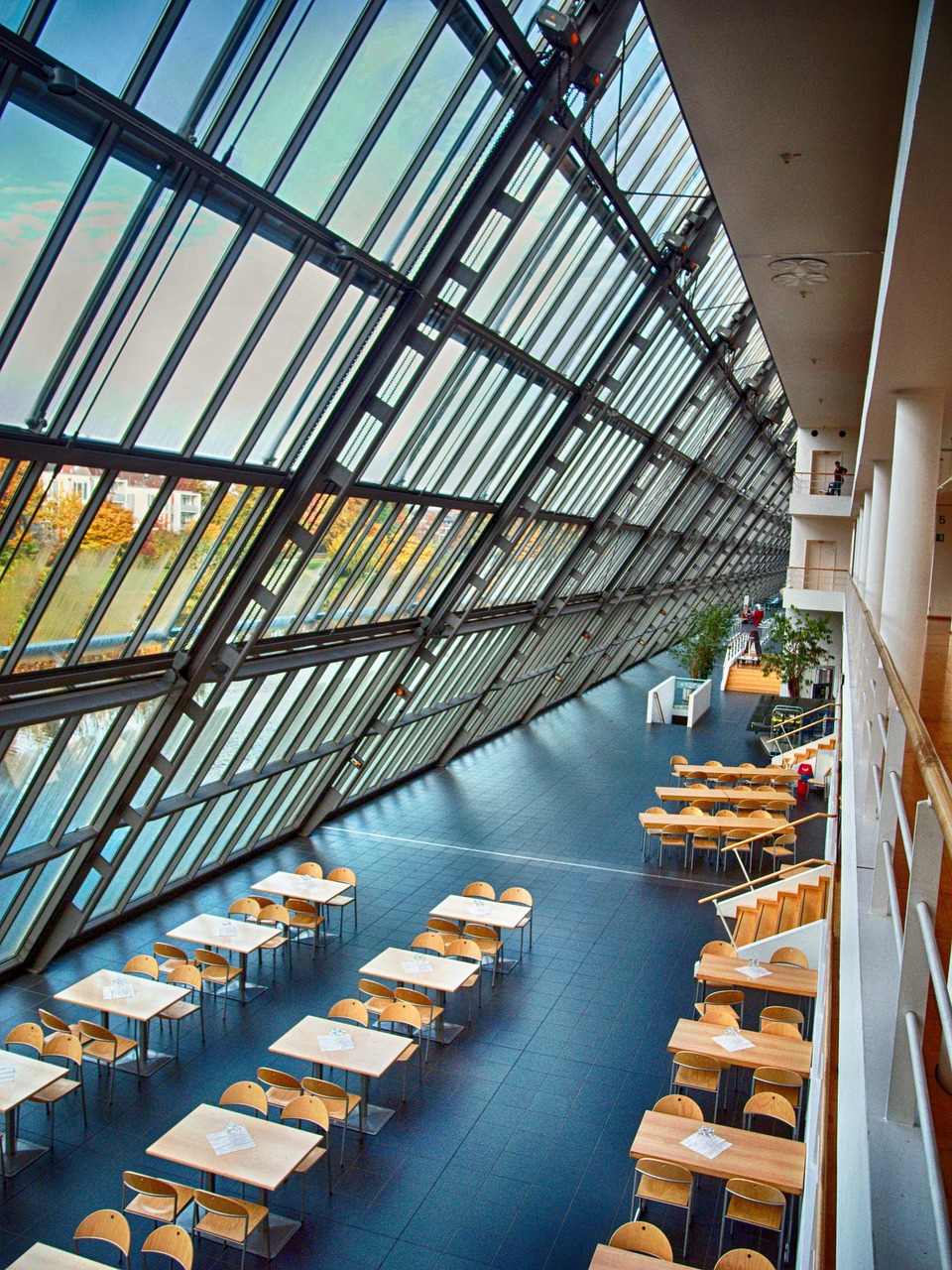
Gelsenkirchen
Visit the guide

Hamburg
Visit the guide

Hanover
Visit the guide

Karlsruhe
Visit the guide
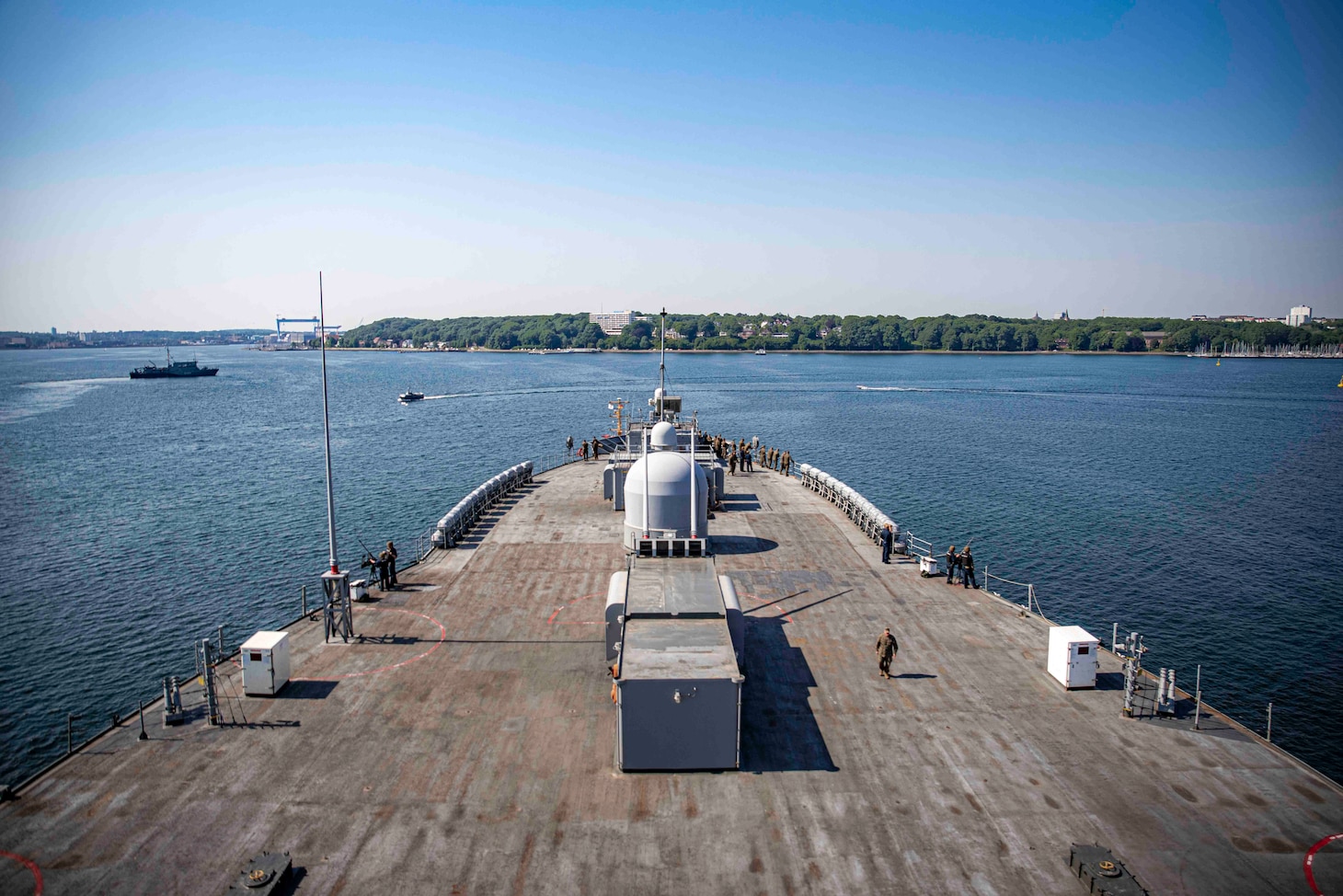
Kiel
Visit the guide

Leipzig
Visit the guide

Mannheim
Visit the guide

Munich
Visit the guide
Mönchengladbach
Visit the guide
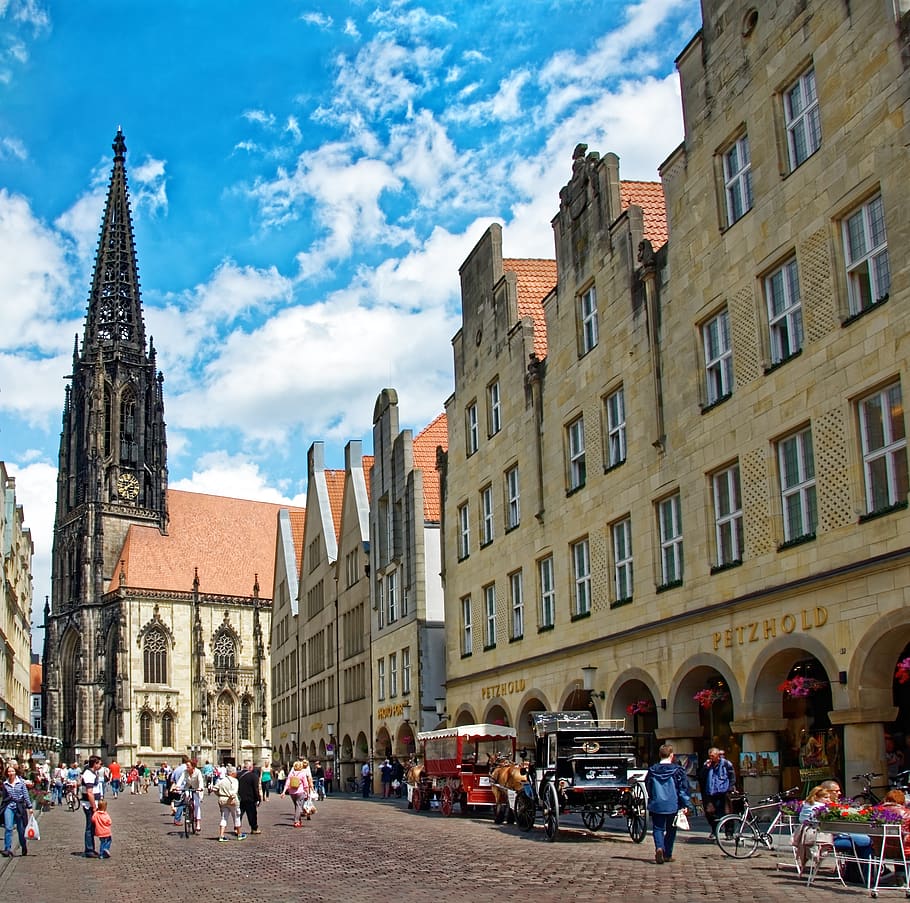
Münster
Visit the guide
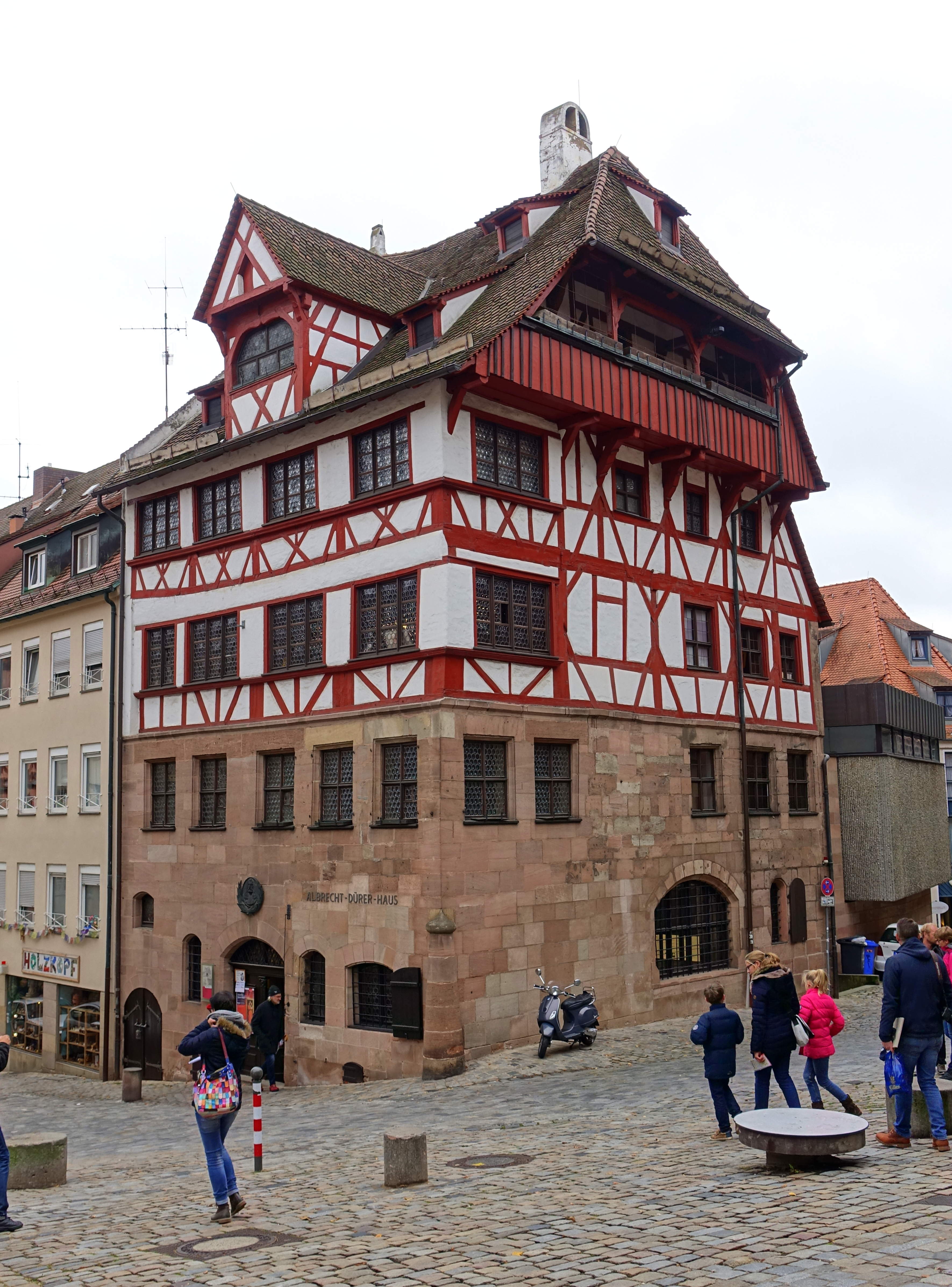
Nuremberg
Visit the guide

Stuttgart
Visit the guide
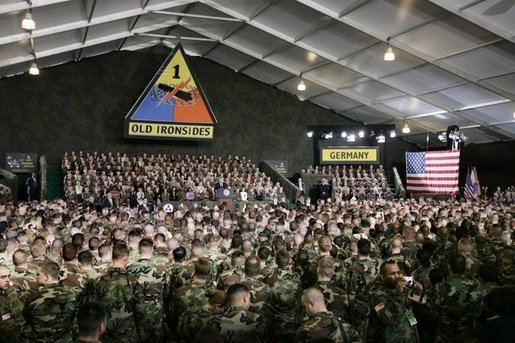
Wiesbaden
Visit the guide

Wuppertal
Visit the guide
festivites
Here are some of the major holidays and festivals celebrated in Germany:
1. New Year's Day (Neujahrstag) - This is celebrated on January 1st to mark the beginning of the new year. It is a public holiday, and people usually celebrate with fireworks, parties, and family gatherings.
2. Carnival (Karneval/Fasching) - Carnival is a festive season that begins on November 11th and runs until Ash Wednesday. It is particularly popular in the Rhineland region, where people dress up in costumes, attend parades, and engage in merrymaking.
3. Easter (Ostern) - Easter is one of the most important religious holidays in Germany. It is celebrated in spring, usually in March or April, with traditions such as decorating eggs, attending church services, and holding Easter egg hunts.
4. May Day (Tag der Arbeit) - Also known as Labor Day, this public holiday is celebrated on May 1st and honors the achievements of workers. There are often protests and demonstrations by labor unions, as well as festivals and picnics.
5. Oktoberfest - This world-renowned beer festival takes place in Munich each year from late September to early October. People come from all over the world to drink beer, eat traditional Bavarian food, and enjoy carnival rides and games.
6. Christmas (Weihnachten) - Like in many other countries, Christmas is celebrated in Germany on December 25th and 26th. However, the holiday season actually begins on December 6th with Saint Nicholas Day, and there are many other traditions throughout the month such as Advent calendars, Christmas markets, and carol singing.
seasons
In Germany, the tourist seasons can be divided into four main periods:
1. Spring Season (March to May): The weather starts getting milder and the landscapes become greener, making it a great time for outdoor activities such as hiking and cycling. Some popular events during this season include Easter markets and festivals.
2. Summer Season (June to August): The days are longer and the weather is warm, making it perfect for outdoor activities and sightseeing. However, this is also peak tourist season, so expect larger crowds and higher prices. Popular events during this season include music festivals and outdoor concerts.
3. Autumn Season (September to November): The temperatures start to cool down and the leaves change color, creating beautiful scenery. This is a great time for wine tasting and visiting historic towns and castles. It's also a good time to enjoy traditional German cuisine like sausages and beer.
4. Winter Season (December to February): The weather gets colder and there's a chance of snow, making it ideal for winter sports such as skiing, snowboarding, and ice skating. Christmas markets are also a big draw during this season, where you can enjoy festive food, drinks, and shopping.
Recommendations: Plan ahead and book accommodations and activities in advance during the peak tourist season. Dress appropriately for the weather, especially during the winter season. Don't miss out on local cuisine and cultural events. And most importantly, be respectful of the local customs and traditions.
visa
Here are some special visa rules for citizens of certain countries who want to visit Germany:
1. Schengen Visa: Citizens from non-EU countries, including some visa-exempt countries, may need to obtain a Schengen visa to enter Germany. The cost of a Schengen visa is around 80-100 euros.
2. Working Holiday Visa: Citizens between the ages of 18 and 30 from Australia, New Zealand, South Korea, Hong Kong, Taiwan, Japan, and Chile can apply for a working holiday visa to Germany. The cost of a working holiday visa is around 75 euros.
3. Student Visa: Citizens who wish to study in Germany must obtain a student visa. The cost of a student visa is around 75 euros.
4. Job Seeker Visa: Citizens who wish to look for work in Germany can apply for a job seeker visa, which allows them to stay in Germany for up to six months while looking for work. The cost of a job seeker visa is around 75 euros.
It's important to note that these costs are subject to change and may vary depending on the country of origin and current exchange rates. Additionally, there may be additional fees such as application fees, biometric fees, and processing fees. It's recommended to check with the German embassy or consulate in your home country for the most up-to-date and accurate information on visa requirements and costs.
souvenirs
1. Beer steins: Traditional German beer mugs made of stoneware or porcelain with colorful designs and lids. Average price: €20-€50. Where to buy: souvenir shops, street markets, and specialty stores.
2. Christmas ornaments: Handcrafted wooden or glass ornaments featuring traditional German motifs like nutcrackers, angels, and snowflakes. Average price: €5-€20. Where to buy: Christmas markets, souvenir shops, and specialty stores.
3. Black Forest cuckoo clocks: Clocks made of wood with intricate carvings and a mechanical bird that pops out to chirp every hour. Average price: €70-€500. Where to buy: souvenir shops, specialty stores, and clock makers in the Black Forest region.
4. Berliner Luft: A mint-flavored liqueur that is popular in Berlin and can be drunk as a shot or mixed in cocktails. Average price: €10-€15 for a 0.7-liter bottle. Where to buy: liquor stores, souvenir shops, and supermarkets in Berlin.
5. Haribo gummy bears: The famous gummy bear brand was founded in Germany, and their candies come in a variety of flavors and shapes. Average price: €1-€5. Where to buy: supermarkets, candy stores, and souvenir shops.
6. Dirndl and Lederhosen: Traditional Bavarian clothing for women and men, respectively, usually worn at Oktoberfest or other festivals. Average price: €50-€300. Where to buy: specialty stores, souvenir shops, and online retailers.
7. Ritter Sport chocolate: A popular chocolate brand in Germany that comes in many flavors, including milk chocolate, dark chocolate, and unique varieties like yogurt and corn flakes. Average price: €1-€3 per bar. Where to buy: supermarkets, candy stores, and souvenir shops.
8. Ampelmännchen merchandise: The iconic pedestrian crossing symbol from East Germany that has become a popular souvenir. Merchandise includes t-shirts, mugs, and keychains. Average price: €2-€20. Where to buy: souvenir shops and specialty stores in Berlin.
Note that prices may vary depending on the location and the specific item's quality.
If you have 1 week
Sure thing! Since you are located in Germany, there are plenty of places to visit within the country and nearby regions. Here is a one-week itinerary for you:
Day 1: Visit Berlin. Start with a walking tour of the city and visit iconic landmarks such as Brandenburg Gate, Reichstag Building, and Checkpoint Charlie. Spend the afternoon exploring the Museum Island, which features some of the world's best museums.
Day 2: Take a day trip to Potsdam. Visit Sanssouci Palace and park, a UNESCO World Heritage site, and see the beautiful gardens and fountains. In the afternoon, explore the Dutch Quarter and enjoy some shopping or relax at a café.
Day 3: Drive to Dresden. Visit the Zwinger Palace, the Green Vault Museum, and the Frauenkirche church which were all destroyed during WWII, but have since been restored to their former glory.
Day 4: Continue your journey with a drive to Prague. Walk around the Old Town Square and admire the astronomical clock tower. Visit Prague Castle, St. Vitus Cathedral, and Charles Bridge, and don't forget to taste the local Czech cuisine.
Day 5: Take a day trip to Kutna Hora, a small town outside of Prague that is also a UNESCO World Heritage site. Visit the Sedlec Ossuary, known as the "Bone Church," which features elaborate decorations made from human bones.
Day 6: Head back to Germany and visit Munich. Take a walking tour of the city center and see famous landmarks such as Marienplatz and Neuschwanstein Castle. Visit Hofbräuhaus beer hall and enjoy traditional Bavarian cuisine.
Day 7: End your trip with a relaxing day trip to Lake Chiemsee. Enjoy the scenic beauty of the lake and surrounding mountains, go hiking or biking, or take a boat tour of the lake.
This itinerary will provide you with a mix of history, culture, and natural beauty. From Berlin to Prague, each city has its unique charm that is worth exploring. You'll see some of the most iconic landmarks in Europe, taste delicious local cuisine, and experience different cultures.
If you have 2 weeks
Sure thing! Germany is a beautiful country with many amazing sights to see. Here is a two-week itinerary that I suggest:
Week 1:
- Berlin: Berlin is the capital of Germany and has so much history, culture, and art to explore. Some must-see attractions include the Brandenburg Gate, the Berlin Wall Memorial, the Reichstag Building, and the Museum Island.
- Bavaria: Bavaria is known for its charming towns, stunning castles, and beautiful countryside. The Neuschwanstein Castle is a must-see as it inspired the Disney castle. Other great places to visit include Munich, Nuremberg, and Bamberg.
- Hamburg: Hamburg is the second-largest city in Germany and has a lot of unique things to offer. Must-sees include the Miniatur Wunderland (the world's largest model railway), the Elbphilharmonie concert hall, and the St. Michaelis Church.
Week 2:
- Rhine Valley: The Rhine Valley is one of Germany's most picturesque regions, and it's famous for its stunning scenery, quaint villages, and historic castles. Take a scenic cruise down the Rhine River, visit the town of Bacharach, and see the Loreley rock.
- Black Forest: The Black Forest is a beautiful area located in the southwestern part of Germany. It's known for its dense forests, rolling hills, and picturesque villages. Be sure to visit Triberg Waterfalls, the largest waterfall in Germany, and explore the quaint town of Freiburg.
- Cologne: Cologne is a vibrant city on the Rhine River, famous for its impressive cathedral, delicious local beer, and lively nightlife. Don't miss the Gothic-style Cologne Cathedral, and the Chocolate Museum.
These locations are great because they offer a mix of history, culture, natural beauty, and fun activities. Berlin and Hamburg are two of Germany's largest cities, each with their own unique vibe. Bavaria is a beautiful region with stunning castles and charming towns. The Rhine Valley and the Black Forest offer some of the best natural scenery in the country, while Cologne is a lively city with plenty to see and do. Overall, this itinerary offers a great mix of experiences that will appeal to a wide range of travelers.
Culture
Culture in German states has been shaped by major intellectual and popular currents in Europe, both religious and secular. Historically, Germany has been called Das Land der Dichter und Denker ('the land of poets and thinkers'), because of the major role its scientists, writers and philosophers have played in the development of Western thought. A global opinion poll for the BBC revealed that Germany is recognised for having the most positive influence in the world in 2013 and 2014.
Germany is well known for such folk festival traditions as the Oktoberfest and Christmas customs, which include Advent wreaths, Christmas pageants, Christmas trees, Stollen cakes, and other practices. UNESCO inscribed 41 properties in Germany on the World Heritage List. There are a number of public holidays in Germany determined by each state; 3 October has been a national day of Germany since 1990, celebrated as the Tag der Deutschen Einheit (German Unity Day).
German classical music includes works by some of the world's most well-known composers. Dieterich Buxtehude, Johann Sebastian Bach and Georg Friedrich Händel were influential composers of the Baroque period. Ludwig van Beethoven was a crucial figure in the transition between the Classical and Romantic eras. Carl Maria von Weber, Felix Mendelssohn, Robert Schumann and Johannes Brahms were significant Romantic composers. Richard Wagner was known for his operas. Richard Strauss was a leading composer of the late Romantic and early modern eras. Karlheinz Stockhausen and Wolfgang Rihm are important composers of the 20th and early 21st centuries.
As of 2013, Germany was the second-largest music market in Europe, and fourth-largest in the world. German popular music of the 20th and 21st centuries includes the movements of Neue Deutsche Welle, pop, Ostrock, heavy metal/rock, punk, pop rock, indie, Volksmusik (folk music), schlager pop and German hip hop. German electronic music gained global influence, with Kraftwerk and Tangerine Dream pioneering in this genre. DJs and artists of the techno and house music scenes of Germany have become well known (e.g. Paul van Dyk, Felix Jaehn, Paul Kalkbrenner, Robin Schulz and Scooter).
German painters have influenced Western art. Albrecht Dürer, Hans Holbein the Younger, Matthias Grünewald and Lucas Cranach the Elder were important German artists of the Renaissance, Johann Baptist Zimmermann of the Baroque, Caspar David Friedrich and Carl Spitzweg of Romanticism, Max Liebermann of Impressionism and Max Ernst of Surrealism. Several German art groups formed in the 20th century; Die Brücke (The Bridge) and Der Blaue Reiter (The Blue Rider) influenced the development of expressionism in Munich and Berlin. The New Objectivity arose in response to expressionism during the Weimar Republic. After World War II, broad trends in German art include neo-expressionism and the New Leipzig School.
German designers became early leaders of modern product design. The Berlin Fashion Week and the fashion trade fair Bread & Butter are held twice a year.
Architectural contributions from Germany include the Carolingian and Ottonian styles, which were precursors of Romanesque. Brick Gothic is a distinctive medieval style that evolved in Germany. Also in Renaissance and Baroque art, regional and typically German elements evolved (e.g. Weser Renaissance). Vernacular architecture in Germany is often identified by its timber framing (Fachwerk) traditions and varies across regions, and among carpentry styles. When industrialisation spread across Europe, classicism and a distinctive style of historicism developed in Germany, sometimes referred to as Gründerzeit style. Expressionist architecture developed in the 1910s in Germany and influenced Art Deco and other modern styles. Germany was particularly important in the early modernist movement: it is the home of Werkbund initiated by Hermann Muthesius (New Objectivity), and of the Bauhaus movement founded by Walter Gropius. Ludwig Mies van der Rohe became one of the world's most renowned architects in the second half of the 20th century; he conceived of the glass façade skyscraper. Renowned contemporary architects and offices include Pritzker Prize winners Gottfried Böhm and Frei Otto.
German literature can be traced back to the Middle Ages and the works of writers such as Walther von der Vogelweide and Wolfram von Eschenbach. Well-known German authors include Johann Wolfgang von Goethe, Friedrich Schiller, Gotthold Ephraim Lessing and Theodor Fontane. The collections of folk tales published by the Brothers Grimm popularised German folklore on an international level. The Grimms also gathered and codified regional variants of the German language, grounding their work in historical principles; their Deutsches Wörterbuch, or German Dictionary, sometimes called the Grimm dictionary, was begun in 1838 and the first volumes published in 1854.
Influential authors of the 20th century include Gerhart Hauptmann, Thomas Mann, Hermann Hesse, Heinrich Böll and Günter Grass. The German book market is the third-largest in the world, after the United States and China. The Frankfurt Book Fair is the most important in the world for international deals and trading, with a tradition spanning over 500 years. The Leipzig Book Fair also retains a major position in Europe.
German philosophy is historically significant: Gottfried Leibniz's contributions to rationalism; the enlightenment philosophy by Immanuel Kant; the establishment of classical German idealism by Johann Gottlieb Fichte, Georg Wilhelm Friedrich Hegel and Friedrich Wilhelm Joseph Schelling; Arthur Schopenhauer's composition of metaphysical pessimism; the formulation of communist theory by Karl Marx and Friedrich Engels; Friedrich Nietzsche's development of perspectivism; Gottlob Frege's contributions to the dawn of analytic philosophy; Martin Heidegger's works on Being; Oswald Spengler's historical philosophy; the development of the Frankfurt School has been particularly influential.
The largest internationally operating media companies in Germany are the Bertelsmann enterprise, Axel Springer SE and ProSiebenSat.1 Media. Germany's television market is the largest in Europe, with some 38 million TV households. Around 90% of German households have cable or satellite TV, with a variety of free-to-view public and commercial channels. There are more than 300 public and private radio stations in Germany; Germany's national radio network is the Deutschlandradio and the public Deutsche Welle is the main German radio and television broadcaster in foreign languages. Germany's print market of newspapers and magazines is the largest in Europe. The papers with the highest circulation are Bild, Süddeutsche Zeitung, Frankfurter Allgemeine Zeitung and Die Welt. The largest magazines include ADAC Motorwelt and Der Spiegel. Germany has a large video gaming market, with over 34 million players nationwide.
German cinema has made major technical and artistic contributions to film. The first works of the Skladanowsky Brothers were shown to an audience in 1895. The renowned Babelsberg Studio in Potsdam was established in 1912, thus being the first large-scale film studio in the world. Early German cinema was particularly influential with German expressionists such as Robert Wiene and Friedrich Wilhelm Murnau. Director Fritz Lang's Metropolis (1927) is referred to as the first major science-fiction film. After 1945, many of the films of the immediate post-war period can be characterised as Trümmerfilm (rubble film). East German film was dominated by state-owned film studio DEFA, while the dominant genre in West Germany was the Heimatfilm ("homeland film"). During the 1970s and 1980s, New German Cinema directors such as Volker Schlöndorff, Werner Herzog, Wim Wenders, and Rainer Werner Fassbinder brought West German auteur cinema to critical acclaim.
The Academy Award for Best Foreign Language Film ("Oscar") went to the German production The Tin Drum (Die Blechtrommel) in 1979, to Nowhere in Africa (Nirgendwo in Afrika) in 2002, and to The Lives of Others (Das Leben der Anderen) in 2007. Various Germans won an Oscar for their performances in other films. The annual European Film Awards ceremony is held every other year in Berlin, home of the European Film Academy. The Berlin International Film Festival, known as "Berlinale", awarding the "Golden Bear" and held annually since 1951, is one of the world's leading film festivals. The "Lolas" are annually awarded in Berlin, at the German Film Awards.
German cuisine varies from region to region and often neighbouring regions share some culinary similarities (e.g. the southern regions of Bavaria and Swabia share some traditions with Switzerland and Austria). International varieties such as pizza, sushi, Chinese food, Greek food, Indian cuisine and doner kebab are also popular.
Bread is a significant part of German cuisine and German bakeries produce about 600 main types of bread and 1,200 types of pastries and rolls (Brötchen). German cheeses account for about 22% of all cheese produced in Europe. In 2012 over 99% of all meat produced in Germany was either pork, chicken or beef. Germans produce their ubiquitous sausages in almost 1,500 varieties, including Bratwursts and Weisswursts. The national alcoholic drink is beer. German beer consumption per person stands at 110 litres in 2013 and remains among the highest in the world. German beer purity regulations date back to the 16th century. Wine has become popular in many parts of the country, especially close to German wine regions. In 2019, Germany was the ninth-largest wine producer in the world.
The 2018 Michelin Guide awarded eleven restaurants in Germany three stars, giving the country a cumulative total of 300 stars.
Football is the most popular sport in Germany. With more than 7 million official members, the German Football Association (Deutscher Fußball-Bund) is the largest single-sport organisation worldwide, and the German top league, the Bundesliga, attracts the second-highest average attendance of all professional sports leagues in the world. The German men's national football team won the FIFA World Cup in 1954, 1974, 1990, and 2014, the UEFA European Championship in 1972, 1980 and 1996, and the FIFA Confederations Cup in 2017.
Germany is one of the leading motor sports countries in the world. Constructors like BMW and Mercedes are prominent manufacturers in motor sport. Porsche has won the 24 Hours of Le Mans race 19 times, and Audi 13 times. The driver Michael Schumacher has set many motor sport records during his career, having won seven Formula One World Drivers' Championships. Sebastian Vettel is also among the most successful Formula One drivers of all time.
Historically, German athletes have been successful contenders in the Olympic Games, ranking third in an all-time Olympic Games medal count (when combining East and West German medals). In 1936 Berlin hosted the Summer Games and the Winter Games in Garmisch-Partenkirchen. Munich hosted the Summer Games of 1972.
Religion
Christianity was introduced to the area of modern Germany by 300 AD and became fully Christianized by the time of Charlemagne in the eighth and ninth century. After the Reformation started by Martin Luther in the early 16th century, many people left the Catholic Church and became Protestant, mainly Lutheran and Calvinist.
According to the 2011 census, Christianity was the largest religion in Germany, with 66.8% of respondents identifying as Christian, of which 3.8% were not church members. 31.7% declared themselves as Protestants, including members of the Evangelical Church in Germany (which encompasses Lutheran, Reformed, and administrative or confessional unions of both traditions) and the free churches (Evangelische Freikirchen); 31.2% declared themselves as Roman Catholics, and Orthodox believers constituted 1.3%. According to data from 2016, the Catholic Church and the Evangelical Church claimed 28.5% and 27.5%, respectively, of the population. Islam is the second-largest religion in the country.
In the 2011 census, 1.9% of respondents (1.52 million people) gave their religion as Islam, but this figure is deemed unreliable because a disproportionate number of adherents of this faith (and other religions, such as Judaism) are likely to have made use of their right not to answer the question. Most of the Muslims are Sunnis and Alevites from Turkey, but there are a small number of Shi'ites, Ahmadiyyas and other denominations. Other religions comprise less than one percent of Germany's population.
A study in 2018 estimated that 38% of the population are not members of any religious organization or denomination, though up to a third may still consider themselves religious. Irreligion in Germany is strongest in the former East Germany, which used to be predominantly Protestant before the enforcement of state atheism, and in major metropolitan areas.
Demographics
With a population of 80.2 million according to the 2011 German Census, rising to 83.7 million, Germany is the most populous country in the European Union, the second-most populous country in Europe after Russia, and the nineteenth-most populous country in the world. Its population density stands at 227 inhabitants per square kilometre (588 per square mile). The fertility rate of 1.57 children born per woman (2022 estimates) is below the replacement rate of 2.1 and is one of the lowest fertility rates in the world. Since the 1970s, Germany's death rate has exceeded its birth rate. However, Germany is witnessing increased birth rates and migration rates since the beginning of the 2010s. Germany has the third oldest population in the world, with an average age of 47.4 years.
Four sizeable groups of people are referred to as "national minorities" because their ancestors have lived in their respective regions for centuries: There is a Danish minority in the northernmost state of Schleswig-Holstein; the Sorbs, a Slavic population, are in the Lusatia region of Saxony and Brandenburg; the Roma and Sinti live throughout the country; and the Frisians are concentrated in Schleswig-Holstein's western coast and in the north-western part of Lower Saxony.
After the United States, Germany is the second-most popular immigration destination in the world. The majority of migrants live in western Germany, in particular in urban areas. Of the country's residents, 18.6 million people (22.5%) were of immigrant or partially immigrant descent in 2016 (including persons descending or partially descending from ethnic German repatriates). In 2015, the Population Division of the United Nations Department of Economic and Social Affairs listed Germany as host to the second-highest number of international migrants worldwide, about 5% or 12 million of all 244 million migrants. , Germany ranks seventh amongst EU countries in terms of the percentage of migrants in the country's population, at 13.1%.
Germany has a number of large cities. There are 11 officially recognised metropolitan regions. The country's largest city is Berlin, while its largest urban area is the Ruhr.
Christianity was introduced to the area of modern Germany by 300 AD and became fully Christianized by the time of Charlemagne in the eighth and ninth century. After the Reformation started by Martin Luther in the early 16th century, many people left the Catholic Church and became Protestant, mainly Lutheran and Calvinist.
According to the 2011 census, Christianity was the largest religion in Germany, with 66.8% of respondents identifying as Christian, of which 3.8% were not church members. 31.7% declared themselves as Protestants, including members of the Evangelical Church in Germany (which encompasses Lutheran, Reformed, and administrative or confessional unions of both traditions) and the free churches (Evangelische Freikirchen); 31.2% declared themselves as Roman Catholics, and Orthodox believers constituted 1.3%. According to data from 2016, the Catholic Church and the Evangelical Church claimed 28.5% and 27.5%, respectively, of the population. Islam is the second-largest religion in the country.
In the 2011 census, 1.9% of respondents (1.52 million people) gave their religion as Islam, but this figure is deemed unreliable because a disproportionate number of adherents of this faith (and other religions, such as Judaism) are likely to have made use of their right not to answer the question. Most of the Muslims are Sunnis and Alevites from Turkey, but there are a small number of Shi'ites, Ahmadiyyas and other denominations. Other religions comprise less than one percent of Germany's population.
A study in 2018 estimated that 38% of the population are not members of any religious organization or denomination, though up to a third may still consider themselves religious. Irreligion in Germany is strongest in the former East Germany, which used to be predominantly Protestant before the enforcement of state atheism, and in major metropolitan areas.
German is the official and predominant spoken language in Germany. It is one of 24 official and working languages of the European Union, and one of the three procedural languages of the European Commission. German is the most widely spoken first language in the European Union, with around 100 million native speakers.
Recognised native minority languages in Germany are Danish, Low German, Low Rhenish, Sorbian, Romani, North Frisian and Saterland Frisian; they are officially protected by the European Charter for Regional or Minority Languages. The most used immigrant languages are Turkish, Arabic, Kurdish, Polish, Greek, Serbo-Croatian, Bulgarian and other Balkan languages, as well as Russian. Germans are typically multilingual: 67% of German citizens claim to be able to communicate in at least one foreign language and 27% in at least two.
Responsibility for educational supervision in Germany is primarily organised within the individual states. Optional kindergarten education is provided for all children between three and six years old, after which school attendance is compulsory for at least nine years depending on the state. Primary education usually lasts for four to six years. Secondary schooling is divided into tracks based on whether students pursue academic or vocational education. A system of apprenticeship called Duale Ausbildung leads to a skilled qualification which is almost comparable to an academic degree. It allows students in vocational training to learn in a company as well as in a state-run trade school. This model is well regarded and reproduced all around the world.
Most of the German universities are public institutions, and students traditionally study without fee payment. The general requirement for attending university is the Abitur. According to an OECD report in 2014, Germany is the world's third leading destination for international study. The established universities in Germany include some of the oldest in the world, with Heidelberg University (established in 1386) being the oldest. The Humboldt University of Berlin, founded in 1810 by the liberal educational reformer Wilhelm von Humboldt, became the academic model for many Western universities. In the contemporary era Germany has developed eleven Universities of Excellence.
Germany's system of hospitals, called Krankenhäuser, dates from medieval times, and today, Germany has the world's oldest universal health care system, dating from Bismarck's social legislation of the 1880s. Since the 1880s, reforms and provisions have ensured a balanced health care system. The population is covered by a health insurance plan provided by statute, with criteria allowing some groups to opt for a private health insurance contract. According to the World Health Organization (WHO), Germany's health care system was 77% government-funded and 23% privately funded. In 2014, Germany spent 11.3% of its GDP on health care.
Germany ranked 21st in the world in 2019 in life expectancy with 78.7 years for men and 84.8 years for women according to the WHO, and it had a very low infant mortality rate (4 per 1,000 live births). , the principal cause of death was cardiovascular disease, at 37%. Obesity in Germany has been increasingly cited as a major health issue. A 2014 study showed that 52 percent of the adult German population was overweight or obese.
Cities:

